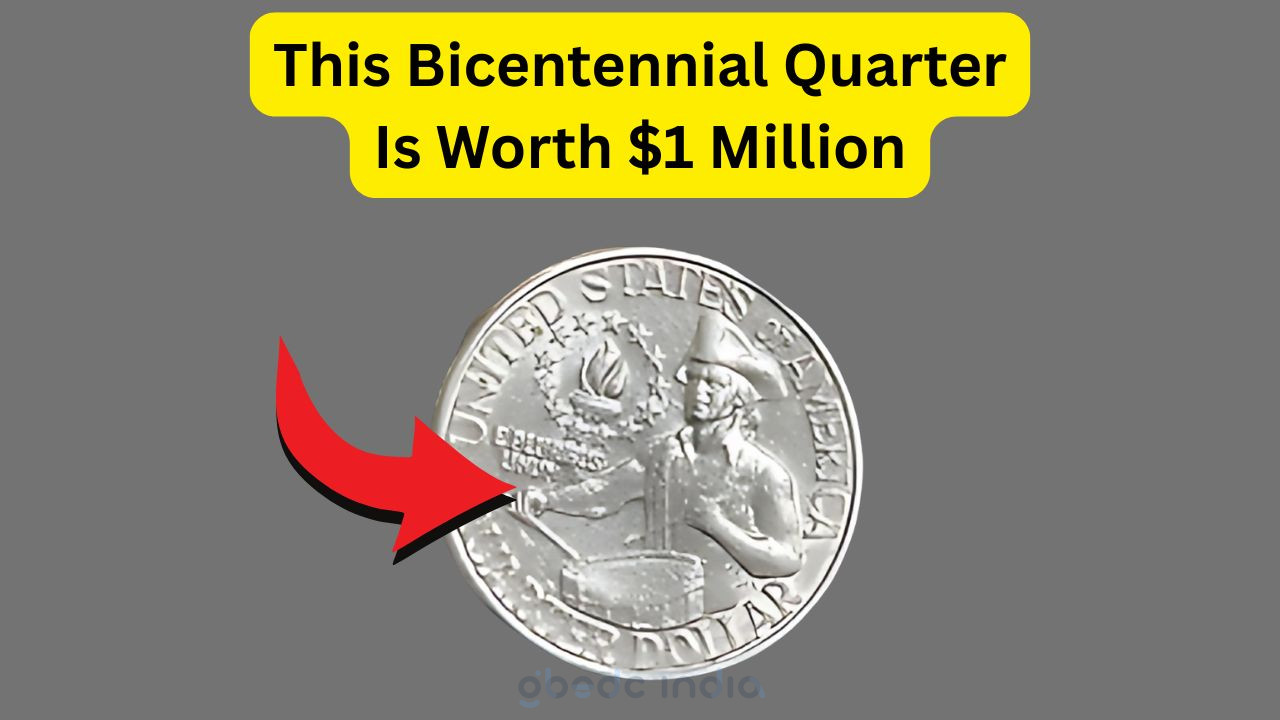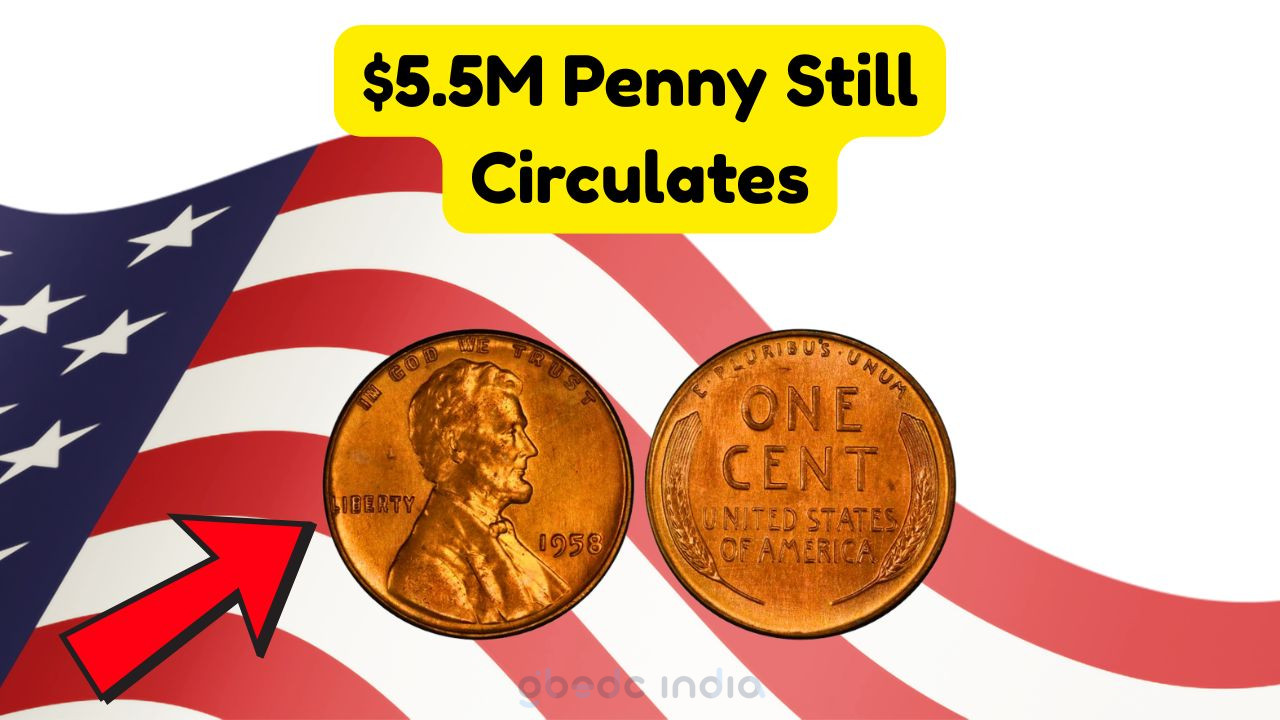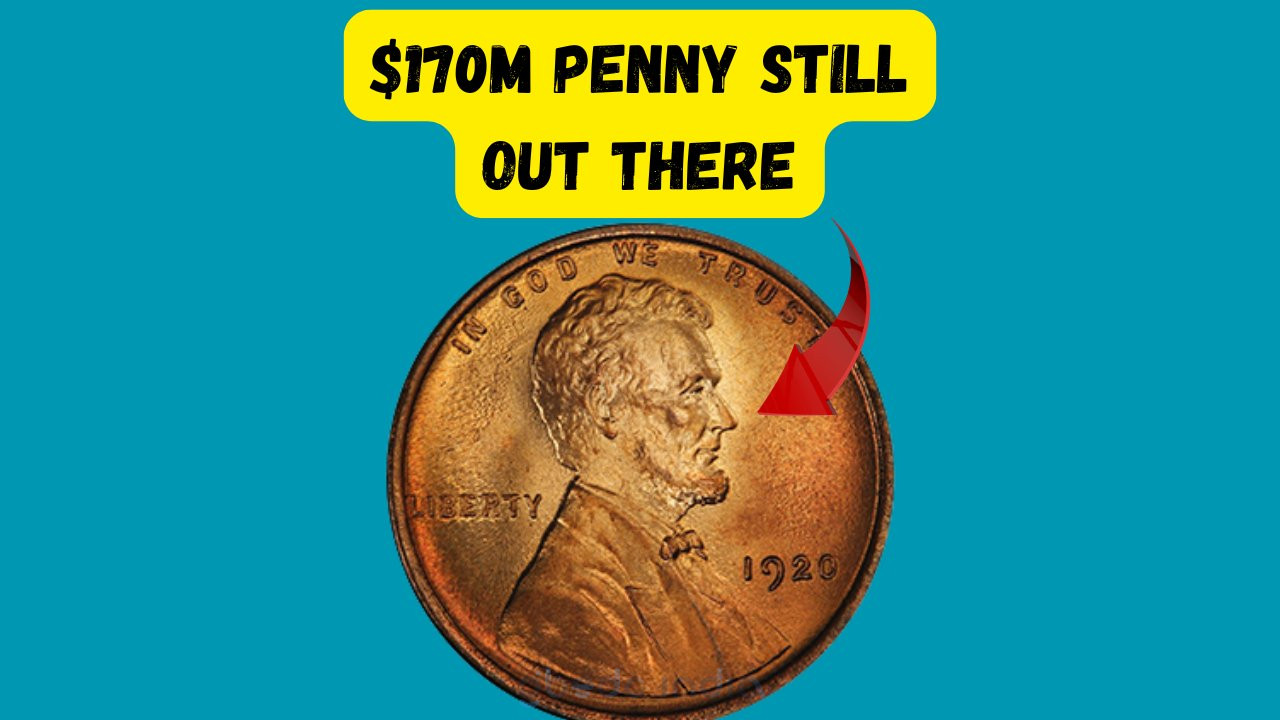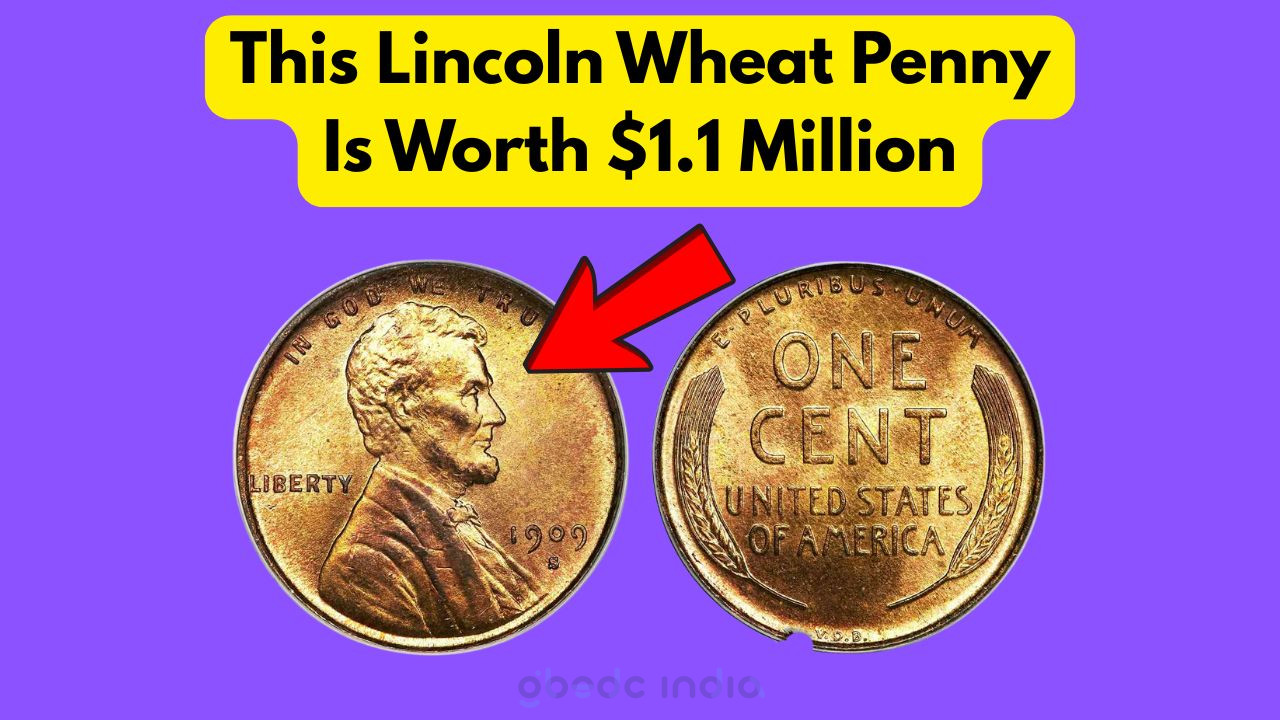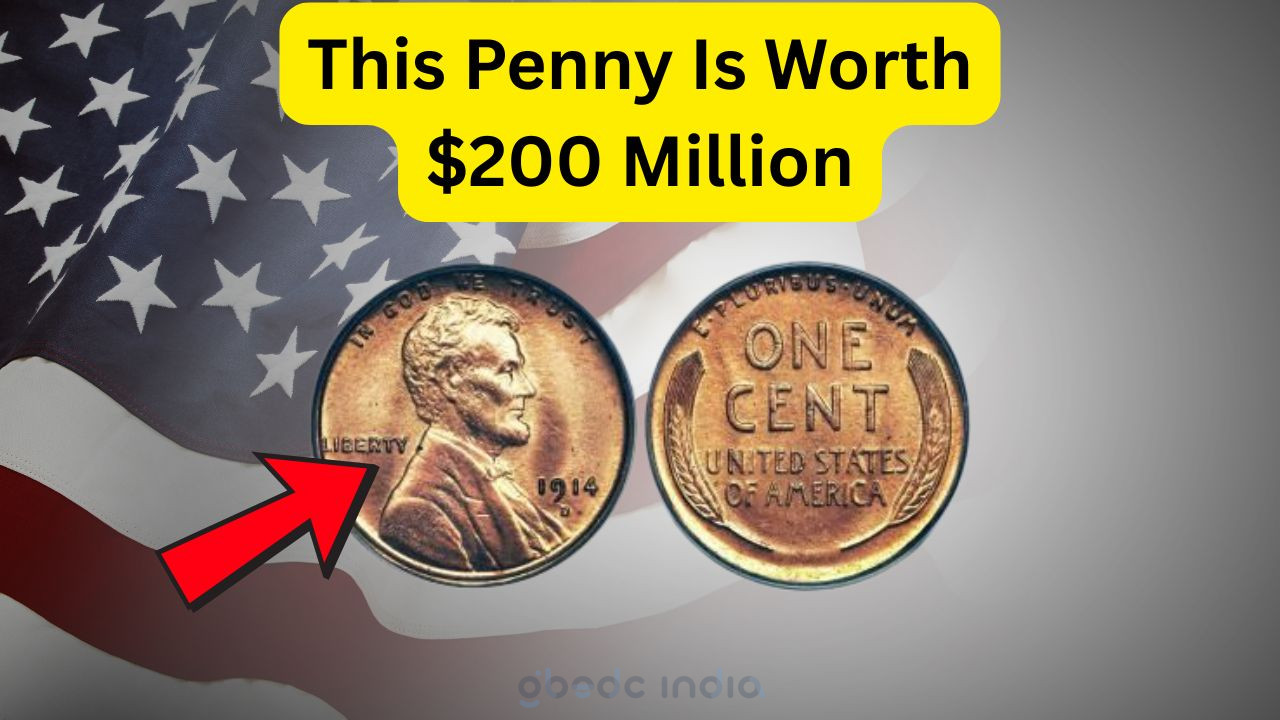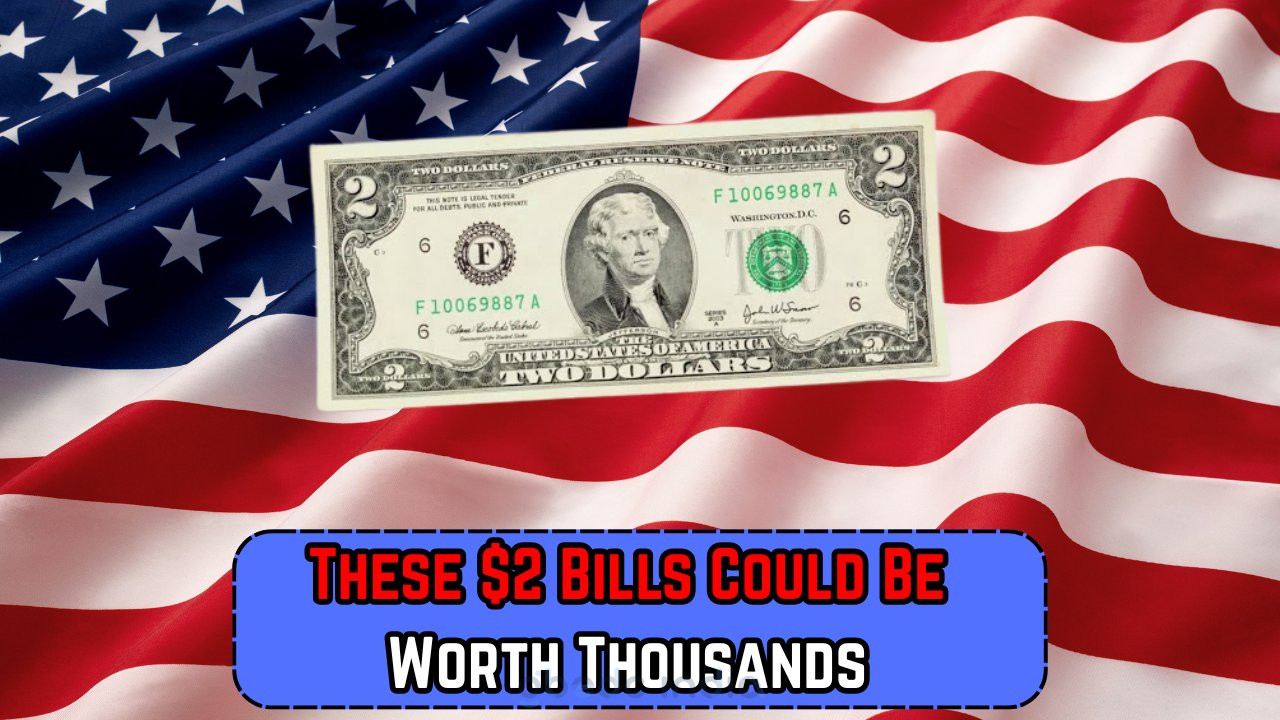Could This $1 Million Bicentennial Quarter Be Hiding in Your Change?
Introduction to the $1 Million Bicentennial Quarter
The $1 Million Bicentennial Quarter is a captivating coin that has piqued the interest of numismatists and casual collectors alike. These quarters, minted in 1976 to commemorate the 200th anniversary of the United States, are known for their distinctive dual-year marking, 1776-1976, and the unique reverse design featuring a Colonial drummer. While most Bicentennial quarters are common, certain rare variations have driven their value to astonishing heights, with some fetching prices upwards of $1 million. Understanding the factors that contribute to this remarkable valuation can transform a simple pocket change into a treasure trove.
- Dual-year marking: 1776-1976
- Colonial drummer design
- Potential for rare mint errors
- High silver content in specific editions
- Historical significance
- Low mintage numbers for rare varieties
- Demand among collectors
Valuable Varieties of the Bicentennial Quarter
| Type | Features |
|---|---|
| Standard Clad | Common in circulation, copper-nickel composition |
| Silver Proof | 40% silver content, special minting |
| Error Varieties | Misstrikes, double-dies, or other minting errors |
| Special Mint Sets | Unique finishes, limited mintage |
| Graded High-Quality | Mint State or Proof 70 ratings |
| Commemorative Sets | Issued in special packaging |
| Privately Issued | Custom designs or engravings |
Determining the Value of a Bicentennial Quarter
Several factors influence the value of a Bicentennial quarter, making it essential to evaluate each coin on a case-by-case basis. The condition of the coin is paramount; coins in pristine condition—those labeled as Mint State (MS) or Proof—often command higher prices. Additionally, the presence of unique mint errors, such as double-dies or off-center strikes, can significantly boost a coin’s value. The material composition, particularly for silver versions, also plays a role as precious metal prices fluctuate. Finally, demand among collectors for specific varieties can lead to bidding wars, driving up prices exponentially.
- Condition: Mint State, Proof
- Mint Errors: Double-dies, misstrikes
- Material Composition: Silver vs. clad
- Collector Demand: Popularity and rarity
Market Trends and Opportunities
| Year | Market Value |
|---|---|
| 2010 | $500,000 |
| 2015 | $750,000 |
| 2020 | $1,000,000 |
| 2023 | $1,250,000 |
| 2025 (Projection) | $1,500,000 |
| 2030 (Projection) | $2,000,000 |
| 2035 (Projection) | $2,500,000 |
How to Identify a Bicentennial Quarter Worth $1 Million
Identifying a Bicentennial quarter with the potential to reach the $1 million mark involves a keen eye and attention to detail. Start by examining the coin’s date and distinctive design features, such as the drummer and the dual dates. Next, assess the coin’s condition under magnification, looking for any mint errors or unique characteristics. Consulting professional grading services can provide an official assessment of the coin’s condition and authenticity. Furthermore, researching recent auction results and market trends can give insights into current collector demand and potential future valuation.
- Check date and design
- Assess condition with magnification
- Look for mint errors
- Consult grading services
- Research auction results
Essential Tools for Coin Evaluation
| Tool | Purpose |
|---|---|
| Magnifying Glass | Inspect details and errors |
| Coin Scale | Verify weight and composition |
| Reference Books | Identify varieties and errors |
| Online Databases | Research market trends |
| Grading Service | Professional evaluation |
| Coin Holder | Protect the coin’s condition |
Stories from Successful Coin Hunters
Imagine the thrill of discovering a rare Bicentennial quarter in a pile of loose change or a forgotten piggy bank. Many successful coin hunters share tales of unexpected finds and the subsequent journey to authentication and valuation. One collector from Coins recounts how a simple curiosity about an unusual-looking quarter led him to unearth a rare error variety worth over $500,000. Another enthusiast describes the excitement of attending coin shows and auctions, where networking with fellow collectors and experts provided invaluable insights into spotting valuable coins. Such stories inspire others to take a closer look at their spare change, reminding us that treasure can be found in the most unexpected places.
- Unexpected finds in change
- Journeys to authentication
- Networking with collectors
- Attending coin shows
Expert Tips for Aspiring Collectors
| Tip | Advice |
|---|---|
| Start Small | Begin with circulated coins |
| Stay Informed | Read numismatic publications |
| Join Clubs | Connect with other enthusiasts |
| Attend Auctions | Learn market dynamics |
| Be Patient | Wait for the right opportunities |
| Seek Expertise | Consult professional graders |
Caring for Your Coin Collection
Proper care is crucial for maintaining the condition and value of your coin collection. Store coins in a cool, dry place away from direct sunlight to prevent tarnishing and fading. Use acid-free holders or capsules to protect coins from physical damage and environmental exposure. Handle coins by the edges, wearing cotton gloves to avoid transferring oils and dirt. Regularly clean your collection area to minimize dust accumulation, and consider investing in a safe or lockbox for added security. These steps help preserve the integrity of your coins, ensuring they remain in prime condition for years to come.
- Use acid-free holders
- Wear gloves when handling
- Store in a cool, dry place
- Invest in a safe
- Regularly clean storage area
Understanding Coin Grading and Its Importance
- Grading scale from 1 to 70
- Impact on coin value
- Role of professional graders
- Difference between circulated and mint state
- Significance of eye appeal
Exploring the World of Numismatics
Numismatics, the study of coins and currency, offers a fascinating glimpse into history, art, and economics. This hobby attracts enthusiasts from all walks of life, each drawn by the allure of discovering rare and valuable pieces. Numismatics encompasses more than just coins; it includes banknotes, medals, and even ancient currency systems. Engaging with this field provides collectors with a deeper appreciation for the cultural and historical significance of currency. Joining local clubs or attending international conventions presents opportunities to learn from experts and connect with fellow numismatists, enriching the overall collecting experience.
FAQs about the $1 Million Bicentennial Quarter
What makes the Bicentennial quarter so valuable?
While most Bicentennial quarters are common, rare varieties or mint errors can significantly increase their value, sometimes exceeding $1 million.
- How can I tell if my quarter is rare?
Examine for mint errors, check the condition, and consult a professional grading service. - Where can I find a professional coin grader?
Look for reputable coin grading companies like PCGS or NGC.
Are all Bicentennial quarters made of silver?
No, most are copper-nickel clad, but some special editions contain 40% silver.
Resources for Further Exploration
| Resource | Description | Link |
|---|---|---|
| PCGS | Professional Coin Grading Service | Visit PCGS |
| NGC | Numismatic Guaranty Corporation | Visit NGC |
| US Mint | Official US coin information | Visit US Mint |
What should I do if I find a valuable Bicentennial quarter?
Verify its value through grading services and consider selling through a reputable auction house.
Additional Resources and Tools
Helpful Books and Guides
Explore literature on coin collecting and numismatics for in-depth knowledge.
Online Communities
Join forums and social media groups to connect with fellow collectors.
Coin Shows and Events
Attend local and international coin shows to expand your network and knowledge.
Investment Insights
Learn about coin investment strategies and market trends.
Preservation Techniques
Master the art of preserving and displaying your collection.
